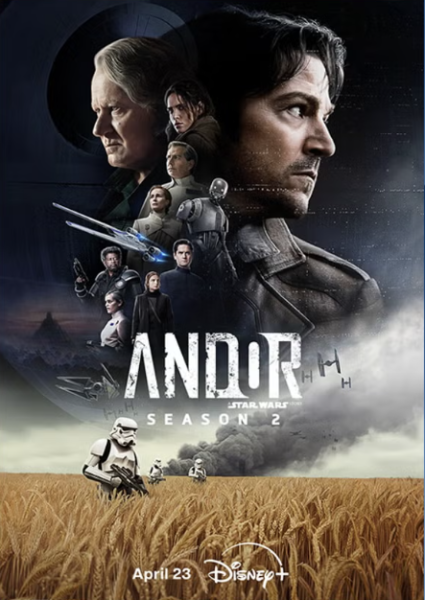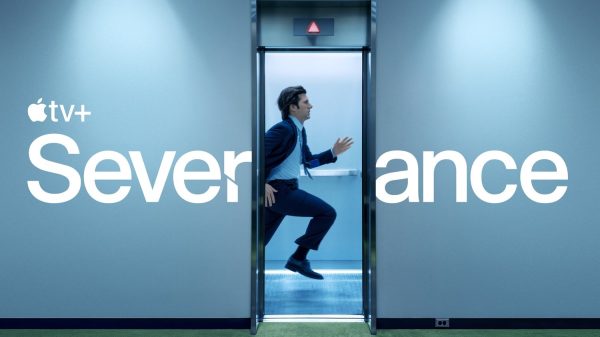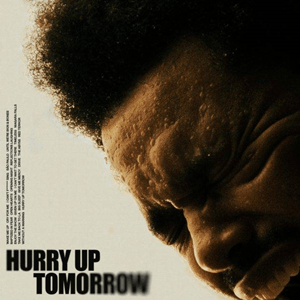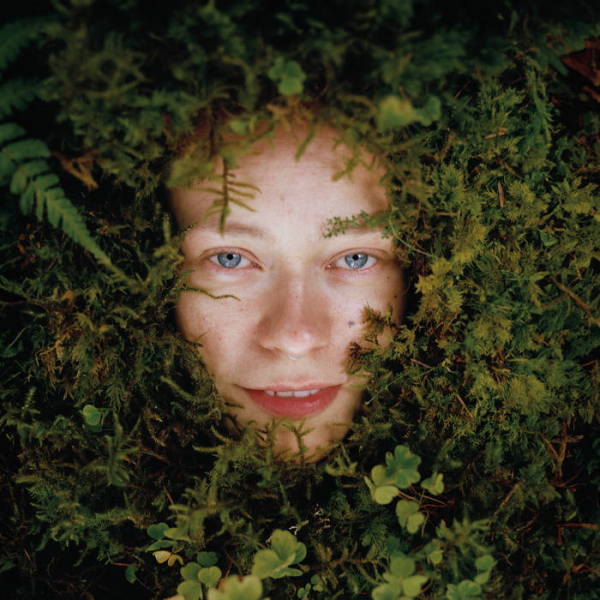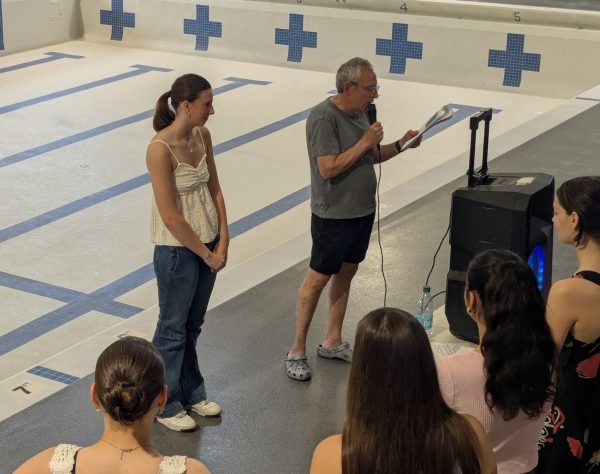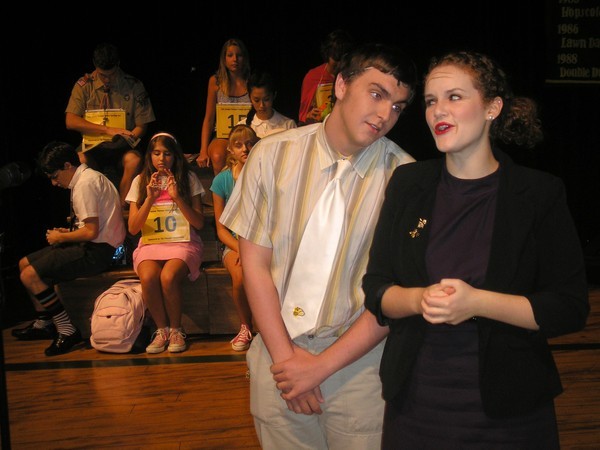“Star Wars Visions” Review: A Refreshing Take on the Star Wars Universe
Forty-four years ago, “Star Wars” first took to the big screen, kickstarting what would become an ever expanding universe of movies, books and TV shows. With the release of Disney Plus, 10 new shows were announced, but “Star Wars Visions” was something new for the longstanding franchise.
“Visions’” first season is made up of nine episodes produced by seven Japanese anime studios. This is the first time there has been a Star Wars anime. However, what makes it especially significant is the fact that it exists outside of the main Star Wars canon. This allows the studios to delve even deeper into the Star Wars universe and go in different directions than what has been explored in past Star Wars media.
Each episode ranges from 12-20 minutes and has unique art styles. Episode one, “The Duel” is a Kurosawa movie inspired samurai story. It’s in almost exclusively black and white, except glowing lights such as lightsaber blades and blaster shots. The truly remarkable feature of it is the touch up that makes the entire episode look like an old reel of film, which adds a stylistic touch that is very unique and shows it’s Japanese origin. It even goes so far as to show Daisho, the traditional Samurai combination of short and long sword. This depiction is fitting, as George Lucas himself was heavily influenced by samurai films when producing the first movies.
As each episode is watched, it is clear that the show strays further from the original trilogy than any other Star Wars show or movie. “Tatooine Rhapsody” is a rock epic, which seems very strange for a Star Wars piece, but it’s story is heartwarming and fun, despite it’s strange nature.
For more traditional fans, there is definitely no lack of lightsabers, blasters and space battles. “The Twins,” and “T0-b1” both have great visuals as well as some good, old-fashioned lightsaber brawls.
Not every episode is fantastic, and 12-20 minutes does not leave much time for character development, but the show is not about the stories themselves, rather the way they are told, with high energy and great visuals.
One thing that is consistent with the original movies is the soundtrack. Every episode has beautiful music that reflects the mood of the scenes, whether it is traditional Japanese music or high-energy synth.
Critics of the recent sequel trilogy starring Daisy Ridley and Adam Driver argued that the three movies were unimaginative and brought nothing new to the table for Star Wars. This could not be said about “Visions.” Mark Hammil, who played Luke Skywalker in the original trilogy as well as the sequel trilogy Tweeted that visions is “a great way to bring freshness and diversity while avoiding stale rehashes of what has been done before.”
At its core, “Visions” is a show for everyone. Many episodes may seem aimed towards children, but older fans can find great stories and messages as well. The nine episodes seem to fly by very quickly, and the show’s future is uncertain, a shame for fans.
“There’s nothing planned right now,” executive producer James Waugh said to Invest. “We are definitely excited and love these shorts. And I think the approach has been ‘let’s see what the audience thinks and let’s react from there.’”

I am Benjie Thimangu, and I am a senior. This is my fourth year with Norsestar. I like to play basketball and other sports outside of school.



